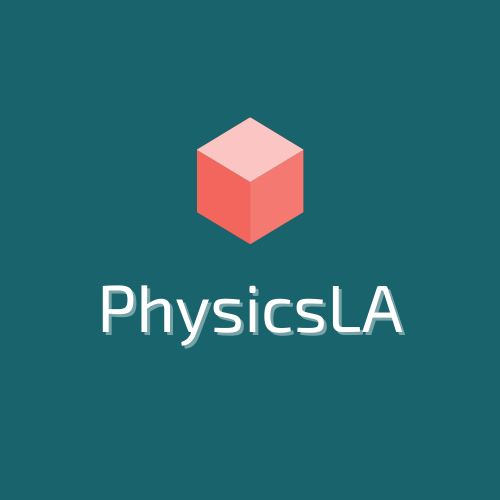On-Page SEO: What It Is and How to Do It
When writing your content, ensure your target keyword is present in your H1 title to aid higher ranking. Incorporate your keywords naturally throughout the rest of your body text, making sure it is present in the first 100 words. Internal linking is the practice of adding links to navigate from one page to another within your site. This is helpful from a UX perspective as it helps visitors to move from one relevant page to another and keeps them browsing your site for longer. Another reason why on-page SEO is important is that it ensures your site correctly communicates what you do. Use Semrush’s On Page SEO Checker to check if your title tags contain target keywords and if there’s any keyword stuffing.
Use Clean URLs
If your product may be coming back, the simplest and most effective option is to create a dedicated “coming soon” page for each product. All of which means you need to find a solution for all those old and/or out-of-stock product pages. You can’t just delete them because you’ll end up with a ton of 404 errors – and those are bad for SEO. Chances are, you’re not going to sell exactly the same products throughout the whole life of your Shopify store.
Image formatting plays a significant role in making your site mobile-friendly. This reduces loading times and prevents oversized images from disrupting layouts. Use responsive design principles, like flexible images and CSS media queries, to ensure visuals adapt well across devices. Optimizing these elements not only improves your page’s rankings but also enhances user satisfaction. Schema can enhance your search results with rich snippets like star ratings, product prices, or FAQs. These visual elements make your results stand out and attract more clicks.
These “geo pages” often had the same or very similar content, with the location name being the only unique factor. HubSpot’s Website Grader gives a quick overview of your site’s performance, providing scores for key on-page SEO metrics such as page speed, mobile responsiveness, and security. With mobile-first indexing, Google predominantly uses the mobile version of the content for indexing and ranking, making mobile responsiveness critical for SEO.
📝 59. Optimise Your Internal Linking
- On-page SEO, also known as on-site SEO, is the process of optimizing webpages and their content for search engines and users.
- Ecommerce schema markup is when you use a piece of webpage code to tell Google how you’ve structured your website’s content.
- Finding the right keywords is a crucial part of on-page optimization.
You will probably come across other types or subdisciplines of SEO, such as technical SEO, local SEO, multilingual SEO, etc. This is because the user can see the URL both in the address bar and on the SERPs. And based on that information, users a) can choose to click on some results over the others and b) know where they are on the website. Utilizing search intent in SEO is about discovering what searchers want to get when they plug in a search query and then providing that information. A list that would be even better and more complete with a link to my SEO audit post.
Because there are no links pointing towards it from elsewhere on your site, which means that Google is unable to crawl/index it. After making your URLs user-friendly, you’ll want to make them SEO-friendly too, which I’ll explain in the following points. Page titles are one of the Three Kings of On Page SEO with the other two being the URL and H1 heading. I’ll go into detail about URL optimization and H1 headings later on in this article, but for now, let’s take a look at why page titles are so important. Even if you have content that is written by the foremost expert in the field, it won’t rank as the #1 result if it doesn’t achieve that. Each page should have one H1 tag, and H2 tags to outline the main categories of information on the page.
When it comes to SEO, you should always consider the user experience. Conduct thorough keyword research to understand and target the right keywords that your audience is searching for. This involves identifying relevant, high-volume keywords while also considering long-tail keywords for more targeted traffic. But remember, although you want your website to rank on Google search, your user’s needs will always come first. For the best product page SEO, make sure that your online store is speedy, responsive, contains useful information, and has clear calls-to-action. This will lead to a fantastic user experience that’ll give customers the confidence to make a purchase from your store.
It may also include building backlinks, which are external links on third-party web pages that direct readers to your page. Off-page SEO strategies aim to bring external traffic to your website. Adding your main keyword in prominent locations like the title, headings, and the first 100 words of your content signals its importance. Use keywords naturally to avoid keyword stuffing, harming user experience and rankings. Spread variations of your target keyword throughout the text to cover different search intents.
The world’s most accurate SEO data.
Optimising your content is essentially about making it more relevant to your target query. Once you’ve set up ShortPixel to implement WebP/AVIF, ensure it’s displaying correctly on your SEO Anomaly site. Use this free, mobile-friendly testing tool from SE Ranking to check your site.


